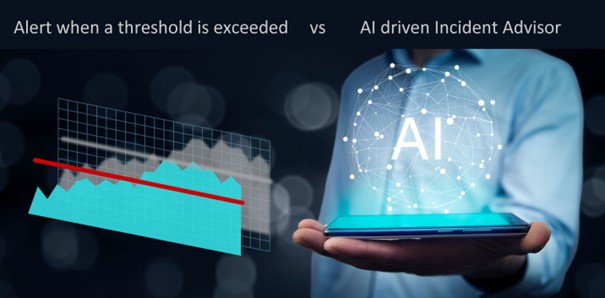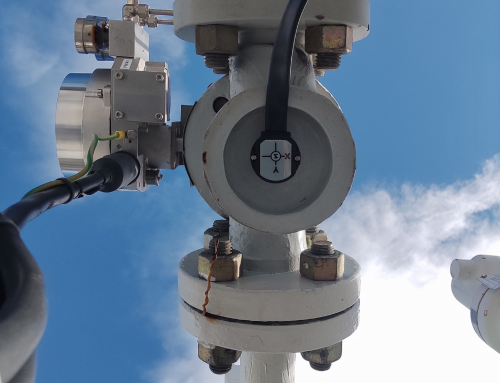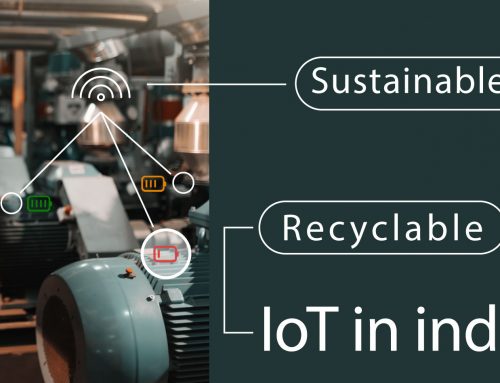The rise of digital technologies has opened a new field of opportunities for the industry, particularly with the advent of connected devices. However, in the surveillance of industrial machines, it is becoming increasingly common to see an abusive use of the term “Artificial Intelligence”, especially when it simply comes to triggering an alert when a threshold is exceeded. In this context, how can we distinguish truth from falsehood?
Since the invention of sensors, the simplest method to detect a problem has always been the establishment of a threshold which, once exceeded, triggers an alert. Yet, in the surveillance of a rotating machine, this technique is far from sufficient.
- Can an increase in vibration really be considered a sign of malfunction?
- Or is it just a change in process, or even a neighboring machine vibrating?
- And which part of the machine is causing this variation in vibration?
With billions of rotating machines in the world, all presenting variability in design and use, it is unrealistic to believe that a simple indicator is enough to ensure adequate surveillance.
Yet, many players today offer analysis tools, often exclusively vibrational, only providing a limited amount of information. The discourse of these suppliers is confusing enough to make users believe they are predicting failures.
However, the implementation of simple thresholds is not an easy task and can even generate false alerts or overlook hidden defects. The analysis of a machine’s state must go well beyond simple thresholds, involving a correlation of several indicators to assess machine operation and identify the concerned components.
At Asystom, we have a different approach. Since our establishment in 2016, we have continuously evolved our algorithms to simulate the analysis of an expert in the vibrational and acoustic domain. Our main obsession is to consider that each machine to be monitored is unique. That’s why we have developed specific algorithms capable of learning, understanding, and modeling the normal behavior of each machine. Our goal is not just to detect an anomaly, but also to help our clients understand what is happening with their machines. To do this, we have developed fault diagnostic aid algorithms capable of correlating different measurements, detecting weak signals, and proposing diagnostic hypotheses.
In conclusion, the term “Artificial Intelligence” should not be used lightly, especially in a field as crucial as the surveillance of industrial machines. It is not just about monitoring, but also understanding and predicting to ensure optimal predictive maintenance.



